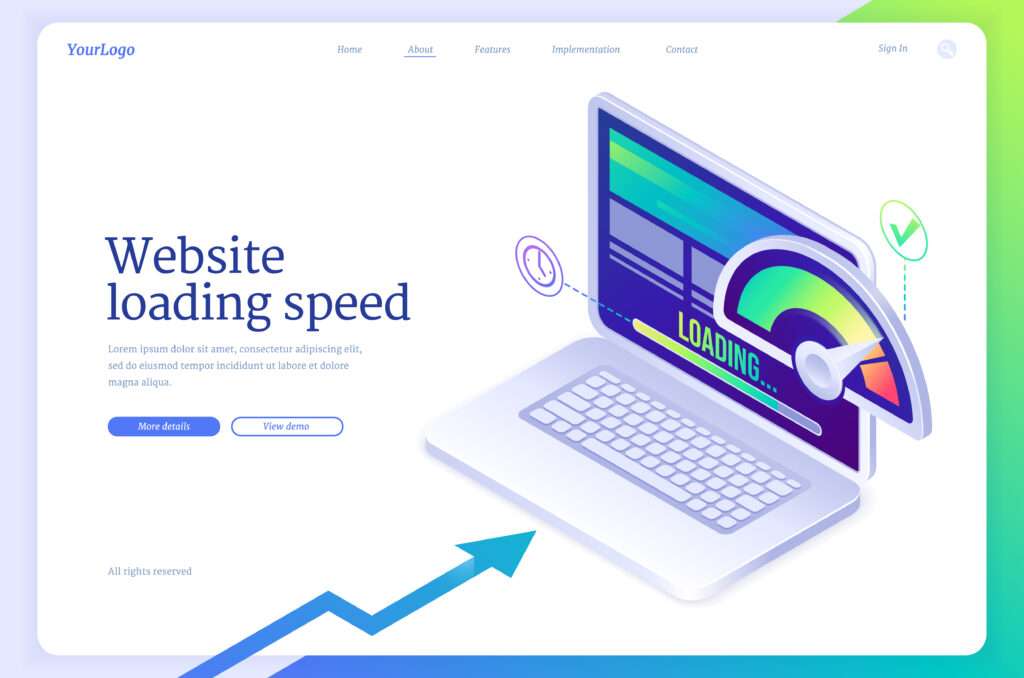
In today’s digital landscape, user experience (UX) has become a pivotal factor in the success of any online business. It’s not just about having a functional website; it’s about creating a seamless, enjoyable, and efficient experience for users. Whether you’re running an e-commerce store, a blog, or a corporate site, enhancing user experience can significantly impact your engagement metrics, conversion rates, and overall customer satisfaction. But what exactly does it mean to improve user experience, and how can you achieve it? Let’s delve into practical strategies that can transform your website into a user-friendly haven.
Understanding User Experience
What is User Experience?
User experience encompasses every aspect of a user’s interaction with your application or website. It includes everything from the ease of navigation and the speed of your site to the quality of your content and the aesthetic appeal of your design. A positive user experience is not only about functionality but also about creating a pleasant journey for your visitors. It’s the key to retaining users and converting them into loyal customers.
The Importance of Positive User Experience
A positive user experience can lead to higher engagement, better customer satisfaction, and increased conversion rates. When users find your site easy to navigate, visually appealing, and filled with valuable content, they are more likely to stay longer, interact more, and ultimately become repeat visitors or customers.
Key Strategies to Improve User Experience

Streamlined Website Design and Navigation
A well-organized website with intuitive navigation is crucial for a good user experience. It should be easy for users to find what they need. This means having a clear menu structure, logical flow, and easily accessible information. Avoid cluttered layouts and ensure that your call-to-action buttons are prominent. Consistency in design elements across your site also helps users feel comfortable and familiar with your interface.
Optimizing for Mobile Devices
With the increasing use of mobile devices, optimizing your website for mobile has become essential. A mobile-friendly design ensures that your site looks and functions well on smaller screens. This involves responsive design techniques, where the layout adapts to different screen sizes. It’s also essential to test your mobile site for usability, ensuring that all interactive elements are accessible and that the loading times are optimized.
Enhancing Content Quality and Readability
Content plays a significant role in user experience. High-quality, relevant, and engaging content keeps users interested and encourages them to explore more. Use clear and concise language, break up text with headings and subheadings, and incorporate bullet points for easy scanning. Remember, the key is to provide value to your readers, whether it’s through informative articles, helpful guides, or entertaining stories.
The Role of Content in User Experience

Content as the Cornerstone of User Engagement
Content is not just king; it’s the cornerstone of user experience. It’s what attracts and keeps user engagement. To improve user experience through content, focus on understanding your audience’s needs and providing them with valuable information. This means using a tone and style that resonates with your audience, incorporating visuals where necessary, and ensuring that all content is easy to digest.
Strategies for Creating Valuable Content
Regularly updating your content and removing outdated information also plays a crucial role in maintaining a positive user experience. Keep your content fresh and relevant to maintain user interest and engagement.
Importance of Fast Load Times

The Impact of Speed on User Experience
In an age where attention spans are dwindling, speed matters. A website that loads slowly can frustrate users and increase their bounce rate. To improve user experience, aim for a loading time of under three seconds.
Techniques for Reducing Load Times
This can be achieved by optimizing images, leveraging browser caching, and minimizing HTTP requests. Tools like Google PageSpeed Insights can help you identify and fix issues that may be slowing down your site.
User Experience and Accessibility

Designing for All Users
Accessibility is a fundamental aspect of user experience. It ensures that your website can be used by everyone, including people with disabilities.
Implementing Accessibility Features
This involves designing with accessibility in mind—using alt text for images, providing transcripts for videos, and ensuring that your site is navigable via keyboard for users who cannot use a mouse. Implementing accessibility features not only improves user experience but also broadens your audience reach.
The Power of Visuals and Aesthetics

Using Visual Elements Effectively
A crucial part of the user experience is played by visual elements. A visually appealing website can captivate users and make their experience more enjoyable. This includes using high-quality images, videos, and graphics that align with your brand’s identity.
Maintaining Visual Consistency
Consistent color schemes, fonts, and styles across your site contribute to a cohesive and professional look. However, it’s important not to overload your site with too many visuals, as this can detract from the user experience.
Case Studies: Successful User Experience Improvements

E-commerce Platform Revamp
Let’s look at some real-life examples of businesses that successfully improved their user experience. For instance, a major e-commerce platform revamped its website design, focusing on simplifying the checkout process. Conversion rates significantly increased as a result of this improvement.
Content Website Optimization
Another example is a popular content website that improved its load times and mobile responsiveness, resulting in better user engagement and lower bounce rates. These case studies highlight the tangible benefits of investing in user experience.
Conclusion and Call to Action
Improving user experience is not a one-time effort but a continuous process of refinement and adaptation. By focusing on elements like design, content quality, speed, and accessibility, you can create a website that not only meets but exceeds user expectations. Start by analyzing your current user experience, identifying areas for improvement, and implementing changes that can make a real difference. Remember that a happy user is more likely to stick around and become a loyal customer. Take the first step today and start improving your user experience to build a more successful and user-friendly online presence.







